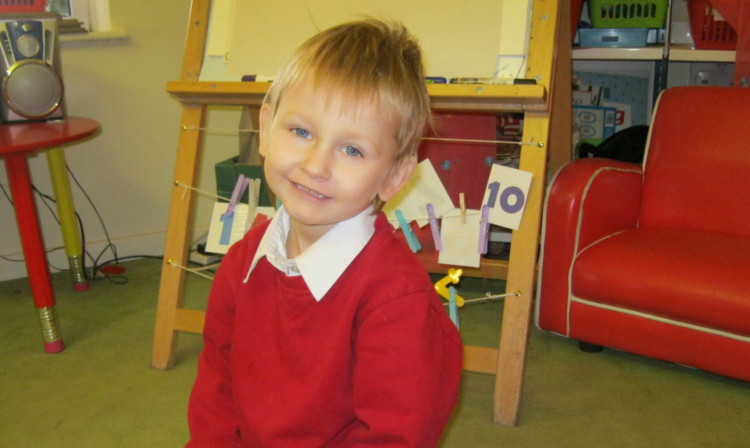A new law placing a legal duty on social workers, doctors and teachers to report child abuse would not have saved a four-year-old boy who was starved and then beaten to death by his mother and stepfather.
UK Children and Families Minister Edward Timpson said “mandatory reporting is not the answer” to providing better protection for children against physical and emotional abuse and neglect.
His comments follow the publication of a serious case review by Coventry Safeguarding Children Board, which highlighted how chances were missed by child protection agencies to intervene in the case of Daniel Pelka.
Daniel, from Coventry, died from a head injury in March last year after suffering months of cruelty and emotional abuse at the hands of Magdelena Luczak and former soldier Mariusz Krezolek.
The pair were jailed for a minimum of 30 years each after a trial at Birmingham Crown Court earlier this year.
A petition calling for all those working with children to be under a mandatory responsibility to report any suspicion of child abuse known as “Daniel’s Law” attracted 50,000 signatures and was handed to Downing Street ahead of the report’s publication.
Mr Timpson ruled out Government support for any new legislation, however, and has instead written to the safeguarding children board urging them to “dig deeper” into the reasons why mistakes were made in Daniel’s case.
He said: “Mandatory reporting is not the answer. Guidance is already crystal clear that professionals should refer immediately to social care when they are concerned about a child. Other countries have tried mandatory reporting and there is no evidence to show that it is a better system for protecting children. In fact there is evidence to show it can make children less safe.”
In its conclusion the safeguarding children board said concerns about the boy’s health were too often “viewed in isolation”.
Addressing the question of whether or not Daniel’s death could have been preventable, the report said: “It could be argued that had a much more inquiring mind been employed by professionals about Daniel’s care, and they were more focused and determined in their intentions to address those concerns, this would likely have offered greater protection for Daniel.”
